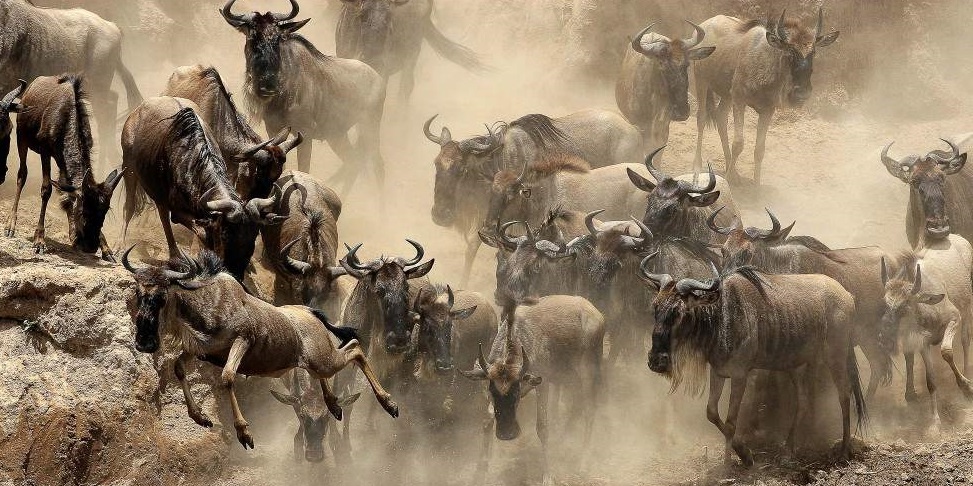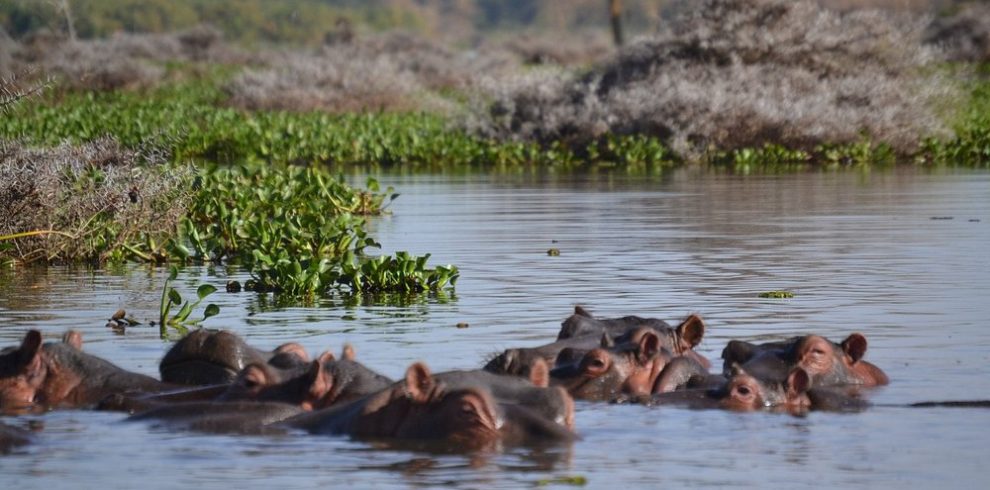The flamingo is, doubtlessly, one of the most recognizable birds on the earth. These birds with their long, elegant necks and striking pink feathers as well as their unusually stily legs enchant bird watchers, photographers and nature lovers.
They are usually linked to exotic destinations and spectacular scenery, where they congregate by large groups to feed and nest. But behind the elegant camouflage, flamingos comprise beautiful animals with intricate behaviors, adaptations, and essential ecosystem functions.
In this article, we will explore 5 fascinating facts about flamingos, delving into their physical characteristics, social behaviors, diet, and ecological importance. Their outrageous color aside, flamingos are not only beautiful birds, but also wonders of nature, considering the fact that they can survive in some of the harshest conditions.
You can be an experienced birdwatcher or just someone who wants to know more about these famous birds, this guide is going to provide an in-depth insight into one of the most distinctive birds across the animal world.
1. Flamingos Get Their Color from Their Diet
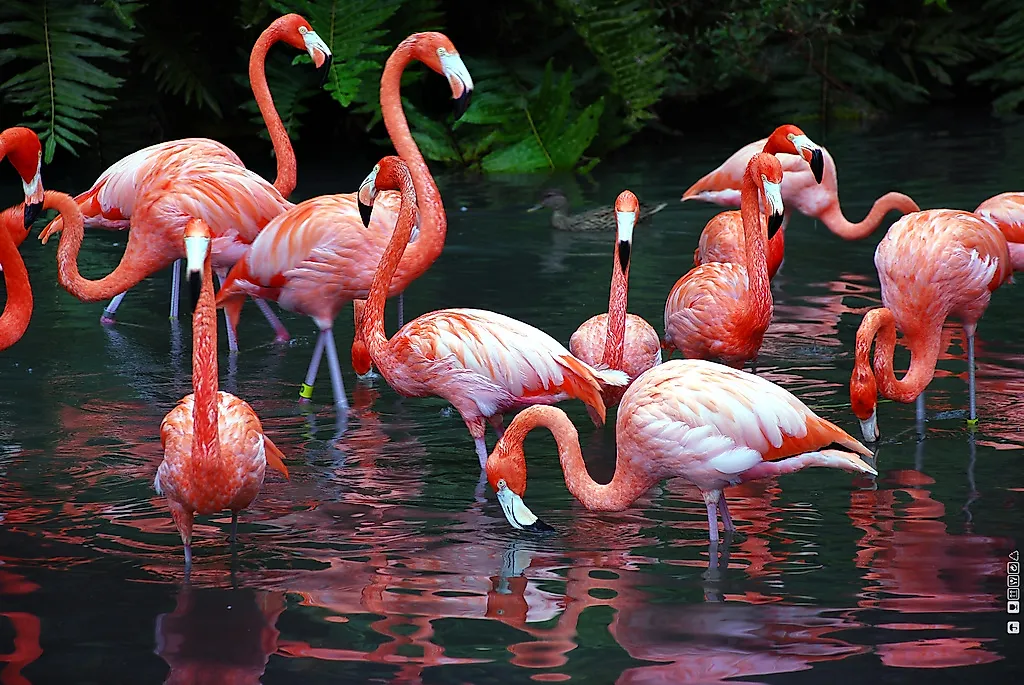
One of the most fascinating facts about flamingos is the origin of their vibrant pink or reddish color. These birds do not include their characteristic pink feathers at birth and, in fact, the newborn succulent babies of the flamingos have gray or white feathers at the start.
The reason behind the magnificent color of flamingos which we know very well, is due to what flamingos feed on in their natural habitats. Flamingos can be categorized under filter-feeding birds mainly surviving on algae, crustaceans, small fish, and other microorganisms living in shallow waters. Their color is the result of the pigments within what they eat, or more to the point, carotenoids.
These are natural pigments contained in the algae and invertebrates on which the flamingos feed. The carotenoids become broken during the digestive system of the flamingos and are taken into their bodies when they ingest such foods. The pigments later move to be contained in the feathers of the flamingo, the pigment in its skin, and the pigment in its beak, changing their color to red or pink.
Diet Flamingos contain carotenoids such as those found in carrots and sweet potatoes so the vivid color is attributed to their food. But not every flamingo is so colored. Their shade of pink or red may also vary according to factors like diet and the type of flamingo. As an example, flamingos to which more carotenoid-rich prey is fed would end up appearing more colored, whereas flamingos with a less carotenoid-rich diet could be paler. Interestingly, flamingos can also change the level of carotenoids they consume to vary the intensity of their color.
Flamingos in the wild that can enjoy the benefits of plentiful algae or brine shrimp will be more intensely pink and red, whereas those in captivity can have their diet manipulated to attain a specific color.
2. Flamingos Are Social Birds that Live in Large Colonies
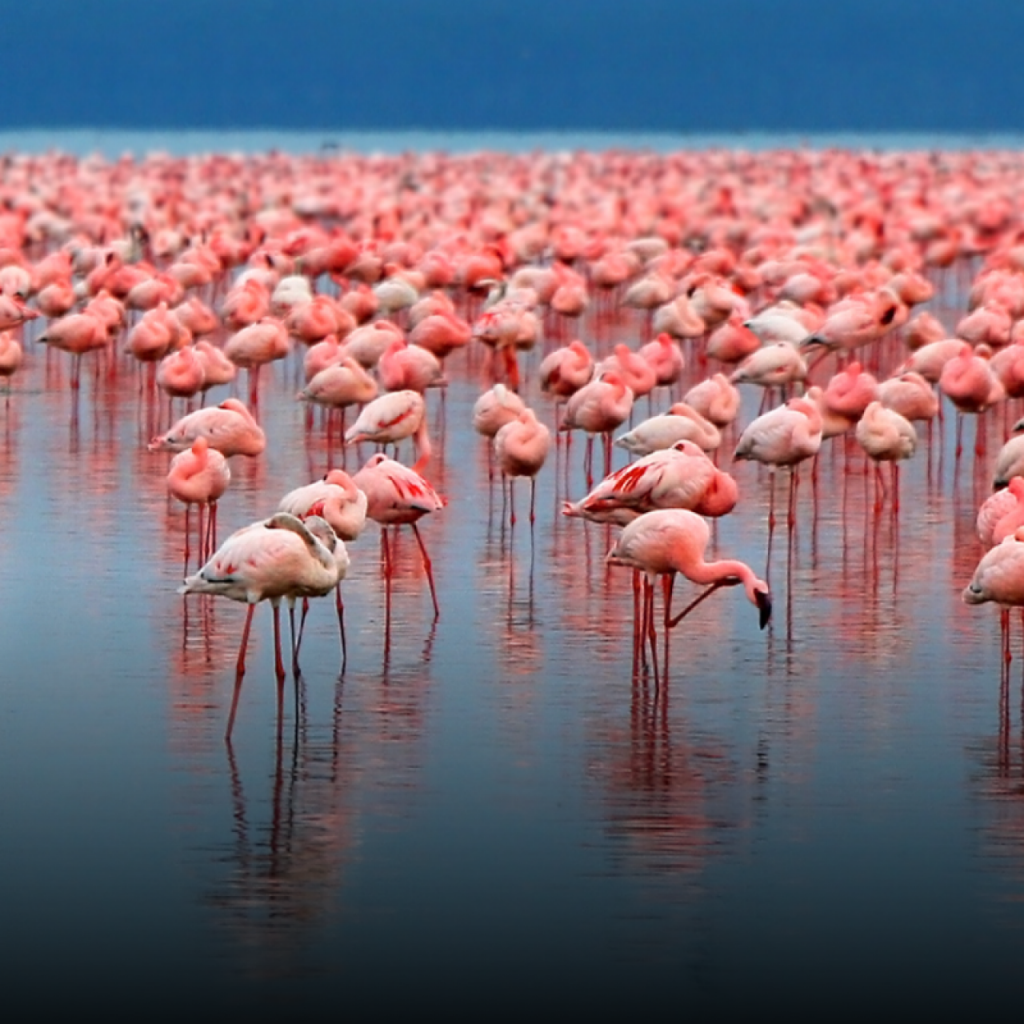
The next interesting fact about flamingos is that they are very social. Although flamingos are not isolative animals per se, they are said to have big, gregarious colonies that could count to thousands or even millions of birds. They are indispensable colonies to the survival of the flamingos and are important in their feeding, breeding and also protection.
Their social organization is very complex, and their body language in colonies is extremely synchronized. Flamingos are birds that move and perform in groups. An example (this one is a characteristic of the genus Phenicopterus) is when several flamingos begin to preen or perform a courtship display, others in the colony will frequently follow suit, making a combination of flamingos performing in synchrony a very mesmerizing spectacle.
The synchronized behavior is thought to have a number of purposes, such as enhancing social relationships and contributing to group cohesion. Another important feature of flamingo life is that it nests in colonies. Flamingos nest using mud and construct huge and large-mounded nests where the eggs are laid. The nests are built together in thick colonies near each other, protecting the nests against predators.
Through nesting in large numbers, flamingos improve the chances of individual birds or eggs avoiding predation by jackals, crabs and large birds of prey. Having lots of birds in a single location aids foraging as well. Flamingos are able to cooperate in a colony to locate food even when they do this in in shallow waters. They are long specialized bill filter feeders with their food search increases being determined in large numbers of the flamingos which have a high probability of locating rich feeding grounds.
The safety in numbers offers the birds a protection of security, which is, that they are less likely to be threatened when in the company of massive numbers of others like them.
3. Flamingos Have Unique Feeding Habits
The species of flamingos are some of the most extraordinary feeders of the bird kingdom, owing to the specialized methods of feeding and the anatomy they display. They are also idealized in searching shallow water to find minute organisms through long thin necks, specialized beaks, and filtering systems. The behavior of flamingos with regard to feeding is called filter feeding, one of the most interesting facts.
The flamingos need their long and curved downwards bills to collect water and mud on the shallow lakes, lagoons or coastal areas they live. Their bills have specialized comb-like structures known as “lamellae” on the inside of the bill and this acts like a filter. These lamellae enable the flamingo to gather the food off the water and mud and enable it to filter through the water to extract the microscopic crustaceans, algae, and other microorganisms. The method of feeding of the flamingo is very interesting.
They habitually make inverted feeding movements, their heads being upside down as they filter the water with their bills, as they wade thro it. Their neck structure and bills enable them to feed upside down, where they dip their heads to the surface of the water, without fully submerging themselves. Although flamingos are predominantly considered to be the filter-feeders, we cannot exclude a behavior called mud probing. At this time they extract their long, slim bills into the muddy bottoms of the wetlands to hunt food that is buried in the mud. They will also use their bills to agitate the sediment and sniff out secret food sources. Also, the feeding habits of flamingos depend very much on the availability of food.
Then, in the food rich regions, the flamingos will devote much of their time to feeding and foraging in groups. Yet, due to lack of food flamingos might leave their home grounds in search of better feeding grounds and these long journeys might be done to reach the most favorable conditions of existence.
4. Flamingos Exhibit Unique Courtship and Mating Rituals
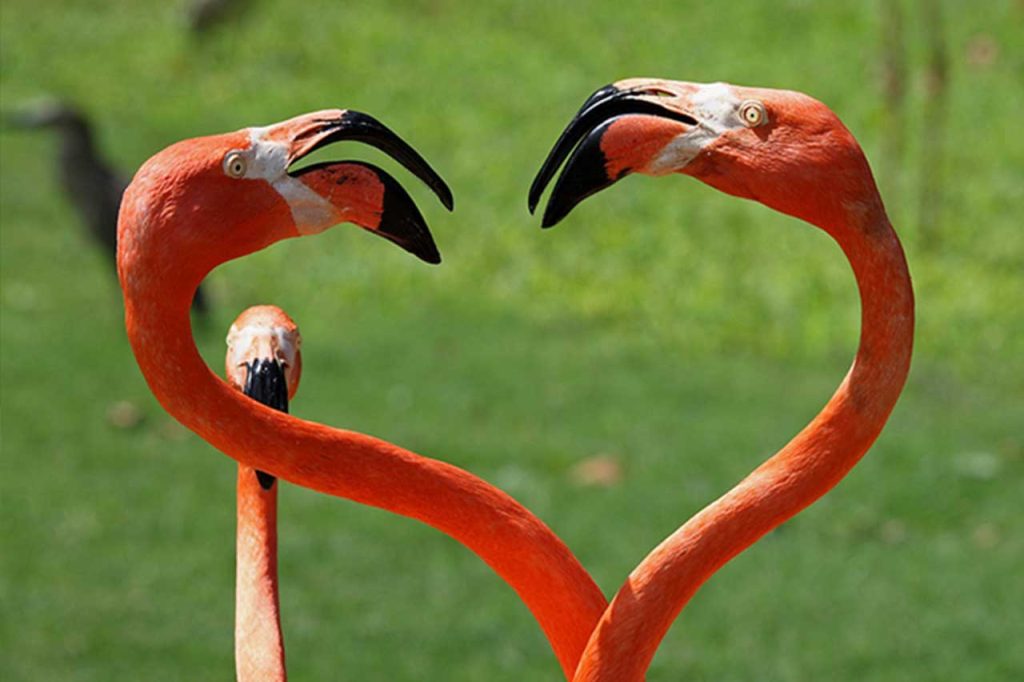
Flamingos also have quite impressive courtship displays, one of the most elaborate ones in the avian world. The rituals are crucial in mate attraction and reproduction in the colony. Male flamingos go through a group of synchronized behaviors and displays that are intended to appeal to females during the breeding season. One of the most fascinating facts about flamingos is the synchronized “group displays” they perform. When courtship occurs, the flamingos will be involved in synchronized bobs, marching and preening.
These actions are included in a complex exhibition that enables potential mates to observe one another and partner with individuals depending on fitness and coordination. Vocalizations can occur during the displays and the males can also puff up their necks to look larger and more attractive to females. It has also been reported that flamingos have been known to develop what is referred to as, pair bonds which exist throughout the duration of breeding season. After the male has courted a female, the two usually become attached to each other and even take part in preening and nest building together.
The two join efforts in constructing a nest, usually of mud, raised above water level to prevent floods to the eggs. Once eggs have been laid, the two parents alternate in incubating and protecting their eggs. The courtship dance is still more complex in some flamingo species, like the lesser flamingo. The males will tend to have a show of what is known as head flagging, in which the males thrust their heads up in the air and will shake them in a rhythmic motion.
This is instigated by synchronized marching performance, in which the whole group of flamingos marches in one direction to impress females and prove superiority among the colony members. They are not only beautiful to watch but also strengthen the social ties of the group. Synchronized movements and showing off their strength proves that flamingos are fit to be potential mates and contribute to the survival of the next generation.
5. Flamingos Are Vital to Their Ecosystem
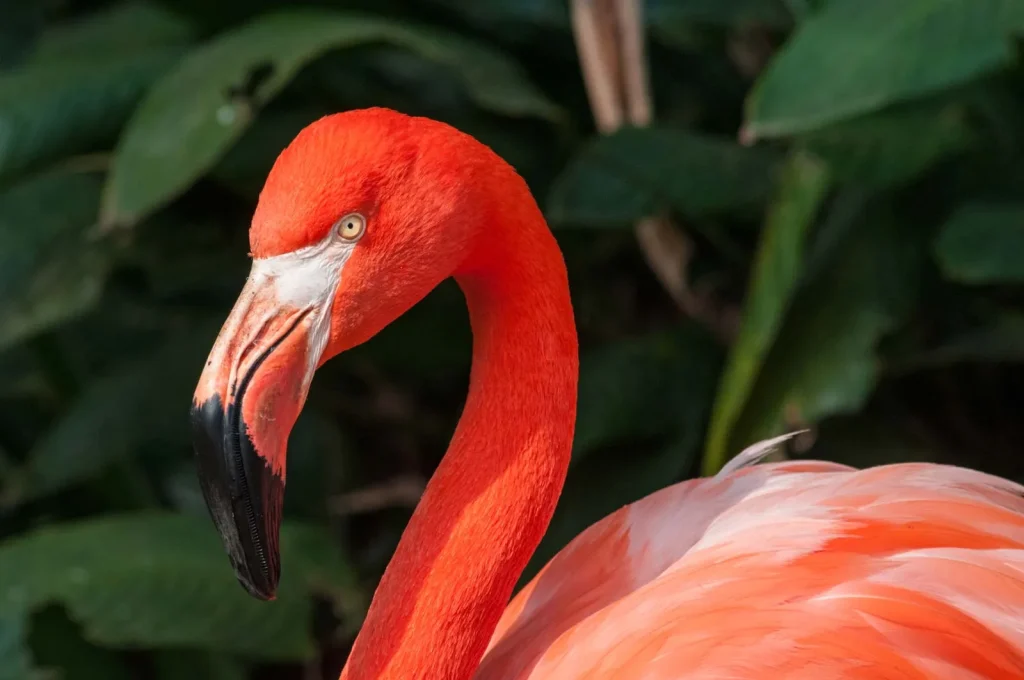
Flamingos are significant to the ecosystems where they live in an ecological sense. They are filter feeders and maintain healthy wetland environments by regulating the size of populations of algae, small invertebrates, and other microorganisms. This is due to the control they have over the overgrowing of algae species which can cause deformities in the ecosystem.
Flamingoes also help in promoting the biodiversity of wetland areas through seed dispersion and the growth of plants. By feeding they activate traction and unintentionally distribute plant seeds, which facilitate the renewal of plant life in their habitats. This helps in maintaining the overall well-being of wetland ecology and other creatures that also depend on the areas as a source of shelter and food. Besides nutrient cycling and seed dispersal, flamingos play a crucial role in demonstrating the health of the ecosystem. Being sensitive birds, flamingos are prone to alterations in water quality, pollution and the loss of habitats.
Tracking the flamingo population helps us learn more about wetland conditions and could be used in conservation initiatives in order to protect these vulnerable habitat. Another attribute of a healthy ecosystem is the presence of flamingos, which is an indicator of viable sustenance of a wide variety of vegetbinit and animal life. Therefore, flamingos are not just beautiful animals but they also play an important role in ensuring the equilibrium of their ecosystems.
Conclusion
Flamingos are doubtlessly one of the most interesting and visually appealing birds of the world. Not only are they beautiful to look at but they offer great color and distinct feeding patterns not to mention complex courtship behaviors and overall ecological benefits to an ecosystem, these birds are more than mere beauty, they are part of the proper health and functionality of an ecosystem.
Facts about flamingos demonstrate an adaptable and hardy bird family that exists in one of the most harsh areas on the planet. You may be drawn to their beautiful looks, interested in their sophisticated social experiences, or perhaps intrigued by the role they play ecologically, but flamingos provide limitless looks and discoveries. The fact that they can be found in wetlands and shallow lakes proves the strength of the nature, and their importance in ensuring the equilibrium in these fragile systems can hardly be overestimated.

